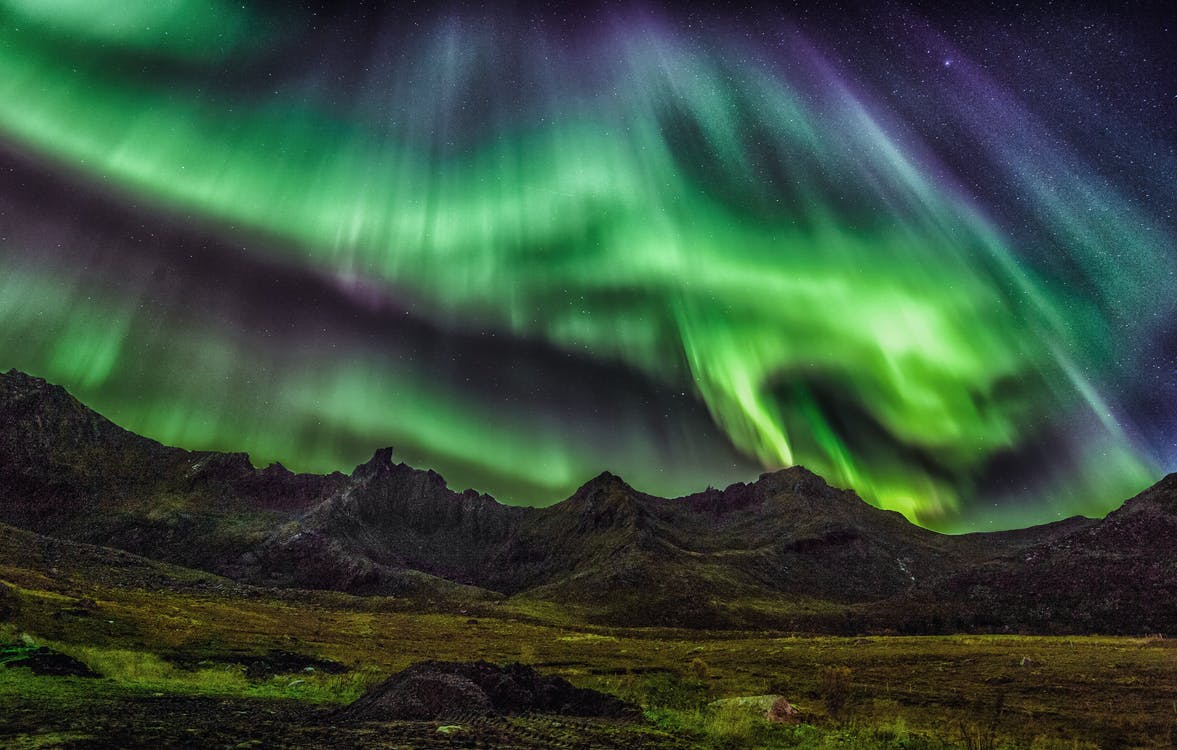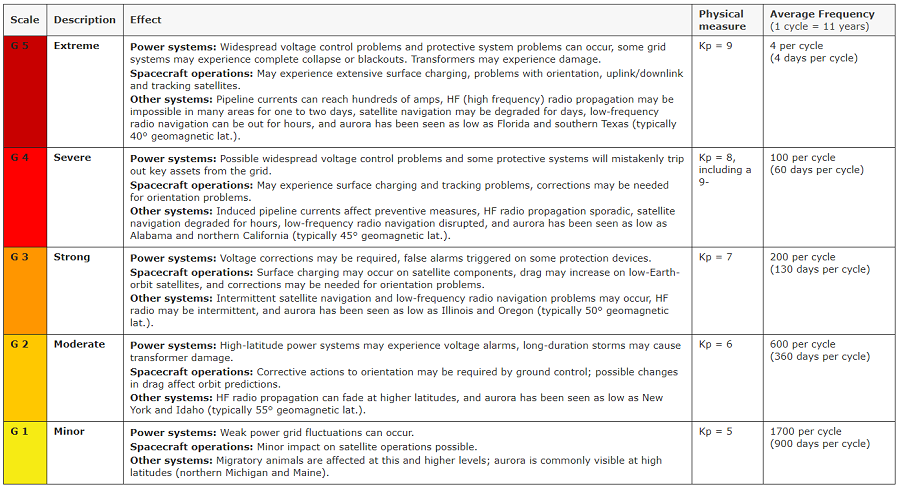
As was forecast to occur by space weather forecasters at NOAA’s Space Weather Prediction Center (SWPC), a potent geomagnetic storm impacted Earth overnight, exciting the layer in the atmosphere that protects the Earth’s surface from harmful impacts from the sun most of the time. Geomagnetic storms and increased solar ultraviolet emission heat Earth’s upper atmosphere, causing it to expand. The heated air rises, and the density at the orbit of satellites up to 621 miles increases significantly. This results in increased drag, causing satellites to slow and change orbit slightly. On the Earth’s surface, severe geomagnetic storms can damage or destroy electrical grids, electrical generation plants, and even everyday electronics. But they can also trigger stunning displays of aurora in the night sky. While this latest geomagnetic storm didn’t create significant damage, it did delight night sky observers around the Northern Hemisphere with a stunning, brilliant Northern Lights show.
Technically, the SWPC reports that the “geomagnetic field has been at unsettled to major storm levels for the past 24 hours. Solar wind speed reached a peak of 521 km/s at 12/0703Z. Total IMF reached 17 nT at 12/0553Z. The maximum southward component of Bz reached -16 nT at 12/0158Z. Electrons greater than 2 MeV at geosynchronous orbit reached a peak level of 322 pfu.”
Beyond the technical jargon which is important to those running electrical grids and satellites, the space weather event also brought social media to life with people posting their aurora videos and photographs online. Citizen scientists used apps such as Aurorasaurus to track and share photographs of aurora activity around the globe.
👀 👀 👀 https://t.co/FfxVSrEX7E
— the Weatherboy (@theWeatherboy) October 12, 2021
A coronal mass ejection, also known as a “CME”, was responsible for this moderate G2-level Geomagnetic Storm. A significant solar flare erupted from the sun on October 9 ; this generated the CME which impacted Earth earlier. Geomagnetic storms are rated on a 1-5 scale, with 1 being the weakest and 5 having the most potential for damage.

The Sun is the primary cause of space weather. At times, the Sun can be thought of as going through a “stormy” period where its surface is more active than normal. When this happens, the Sun can send streams of energized particles out in all directions. When these energized particles interact with the outer reaches of our atmosphere, the aurora borealis (the Northern Lights) and the aurora australis (the Southern Lights) can result.
While typically known for their weather forecasts, the National Oceanic and Atmospheric Administration (NOAA) is also responsible for “space weather.” While there are private companies and other agencies that monitor and forecast space weather, the official source for alerts and warnings of the space environment is the Space Weather Prediction Center (SWPC). The SWPC is located in Boulder, Colorado and is a service center of the NWS, which is part of NOAA. The Space Weather Prediction Center is also one of nine National Centers for Environmental Prediction (NCEP) as they monitor current space weather activity 24/7, 365 days a year.